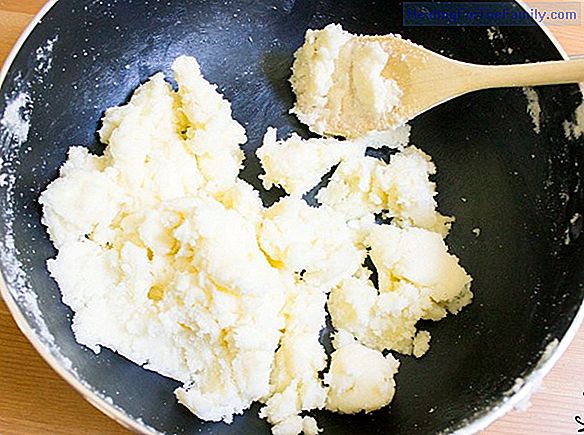Soy milk for children: advantages and disadvantages
The soy milk is a product that is produced from soybeans. It provides proteins similar to cow's milk and differs in the amino acid profile, it also provides vitamin E, omega 3 fatty acids and does not contain cholesterol. Soy milk is well tolerated in children who have lactose intolerance, although
The soy milk is a product that is produced from soybeans. It provides proteins similar to cow's milk and differs in the amino acid profile, it also provides vitamin E, omega 3 fatty acids and does not contain cholesterol.
Soy milk is well tolerated in children who have lactose intolerance, although there are also other options for vegetable milks (oats, rice, almonds, hazelnuts) or cow's milk lactose.
Disadvantages of soy milk for children

- Calcium naturally present in soy milk is of low availability (this means that the intake, absorption and use of calcium in the body is lower), so we will usually find these drinks fortified with calcium.
- In addition, soy drink contains phytates, these are substances that exist in other foods (legumes, nuts) and reduce the absorption of calcium and other minerals.To enrich the child's diet with calcium, we can use other types of foods (green leafy vegetables, nuts and legumes).
- Soy milk contains isoflavones, they are phytoestrogens which have estrogenic action, so their use during childhood has been discussed. At the moment there is no conclusive evidence in infant populations that demonstrate that soy isoflavones in infant feeding can adversely affect the sexual development of children.
Advantages of soy milk for children
- It is a good alternative in children who have lactose intolerance.
- Contains omega 3 fatty acids, good for the brain, skin and heart.
- It does not contain cholesterol.
When can children consume soy milk?
During the first 6 months breast milk should be the only food, then continue with breastfeeding accompanied by solids during the first 12 months.
Soy milk is not a valid alternative until after one year of age, although it is possible to opt for soy-based infant formulas during the first year.












